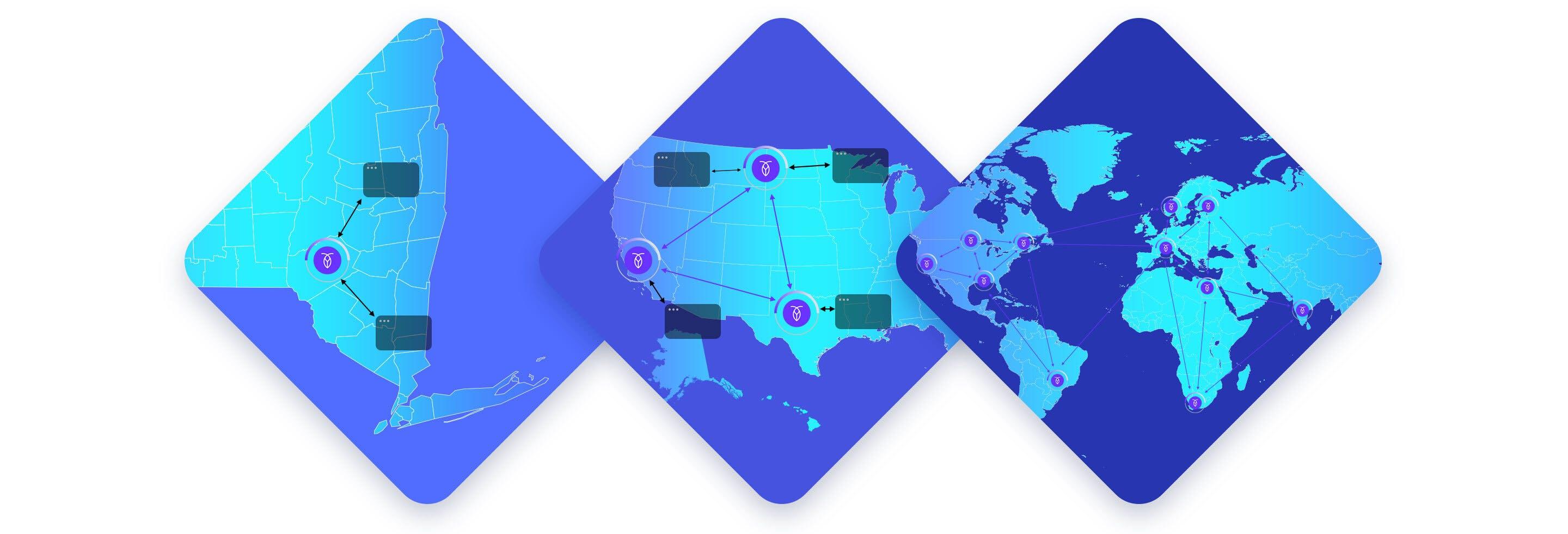
Blog
View all
Product
Highly available spatial data: Finding pubs in London
Imagine you’re driving a rental car in Rome and the satnav (or GPS) on your phone stops working. This happened to me two years ago when I was commuting by car each day from an Airbnb in Trastevere to an office on Via Amsterdam.

Michael Goddard
March 9, 2022
Product
How to create a Lambda function with Python and CockroachDB Serverless
Do you love thinking about servers? Most developers don’t. That’s why serverless platforms such as AWS Lambda, which lets you run functions in the cloud without having to think about servers, have become so popular. Running your code in the cloud doesn’t truly free you from thinking about servers unless you’re also using a serverless database, though. Amazon itself offers a serverless database called Amazon Aurora Serverless, but what if you prefer the advantages that CockroachDB offers, or simply want to avoid vendor lock-in with your database in case you choose to migrate to a different cloud in the future?

Charlie Custer
March 8, 2022
Culture
How we use rubrics for more equitable hiring
When you’re hiring for startups, each search for a new teammate can feel like a make-or-break moment for the company’s success. With such great stakes, it’s all the more important to make facts-based, data-driven hiring decisions when interviewing new people. That’s why we’re huge fans of hiring rubrics at Cockroach Labs. Not only do they get us closer to hiring the right person for open roles, they also ensure we have a hiring process that reduces bias. Of course, this is easier said than done. The challenges to developing rubrics mirror their benefits: they require consensus on what it takes to bolster your team’s skills, culture, and diversity.
Devonaire Ortiz
March 7, 2022
applications
Build a complete Jamstack app with CockroachDB and Netlify Functions
To help people get outdoors and improve their physical well-being, we’ll create an outdoor activity tracker. Although we won’t cover aspects such as user management, the app will have an input page where users can enter activities such as hiking, skating, swimming, and soccer, with details such as date, duration, distance, and a description. The application’s activities page will list activities from the database and let users sort by fields like date, distance, and duration.
Rain Leander
March 4, 2022
Product
Selecting a startup stack for scale
“Do things that don’t scale.” That YCombinator mantra may be the single most common piece of advice given to early-stage tech startups. And with good reason – it’s great advice! But if you follow it, with a little luck you’ll reach a point where it no longer applies (at least on a technical level).

Charlie Custer
February 28, 2022
System
A brief history of databases: From relational, to NoSQL, to distributed SQL
The concept of a database existed before there were computers. Some of you are even old enough to remember the filing cabinets in which your parents kept health records, tax documents, and old family recipes. The first computer database was built in the 1960s, but the history of databases as we know them, really begins in 1970.

Dan Kelly
February 24, 2022
Product
Data cardinality in a distributed DB: Lessons from a betting app
How can you get great performance out of your database when huge numbers of users are going to be submitting queries within the space of a few minutes or seconds?

Charlie Custer
February 18, 2022
Performance
Why CockroachDB and PostgreSQL are compatible
It’s been three years since this blog was originally published and we’re still feeling great about our decision to prioritize PostgreSQL compatibility. Customers of ours often reference our PostgreSQL compatibility as a reason why the CockroachDB learning curve is so swift. Check out the latest documentation to see the full scope of our compatibility. And then take a look at the original reasons for the decision.
Raphael Kena Poss
February 17, 2022
Culture
How to: Inclusive early career and college recruiting
Cockroach Labs has been investing in early career recruiting since we first started the company. In 2016, only a year after the company’s inception, we brought on our first intern. Since then, we’ve steadily built a program driven by a passion for diversity and inclusion, creativity, and unique perspectives.
Waverly Heurtelou
February 17, 2022
Get started for free









